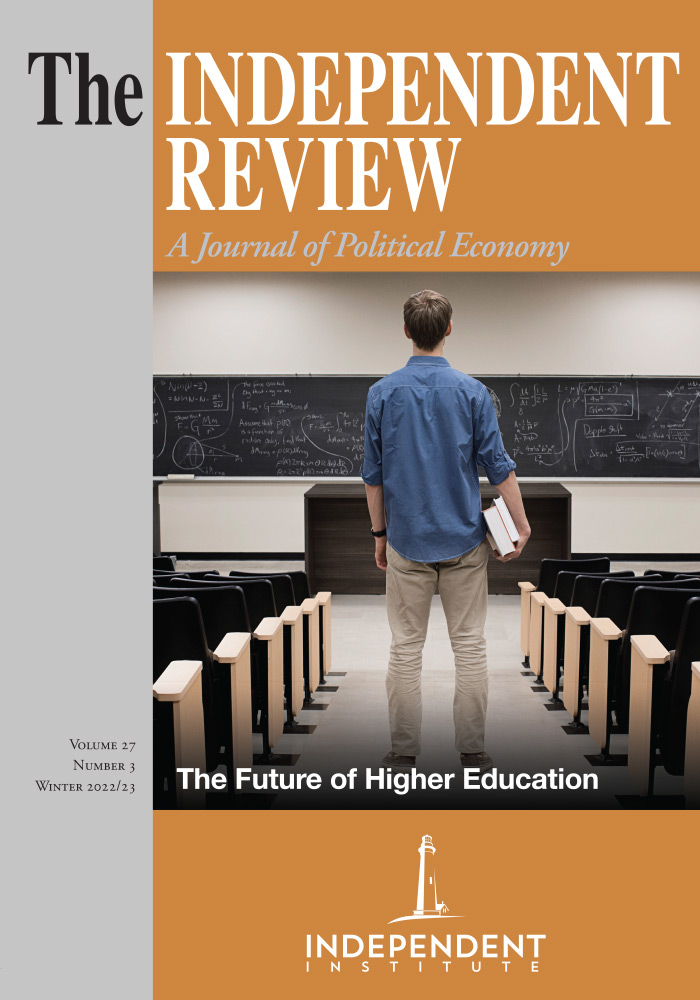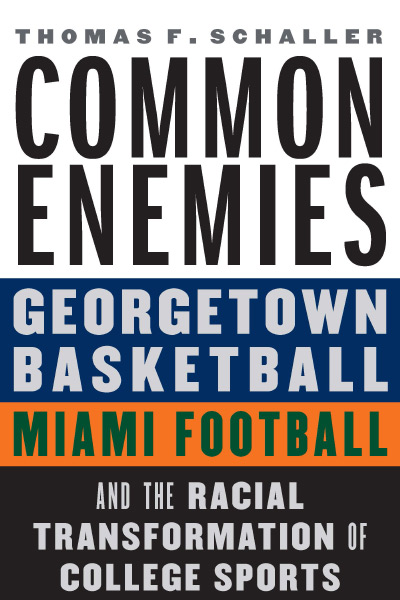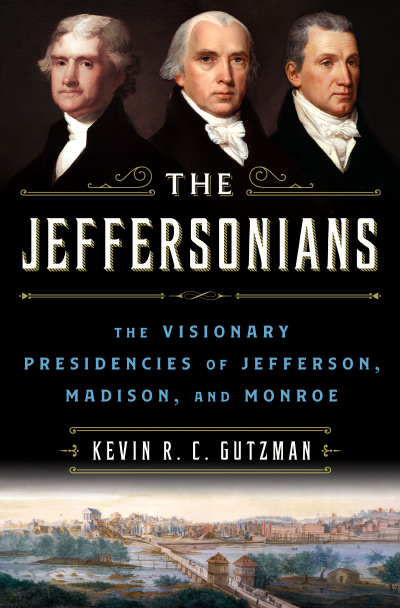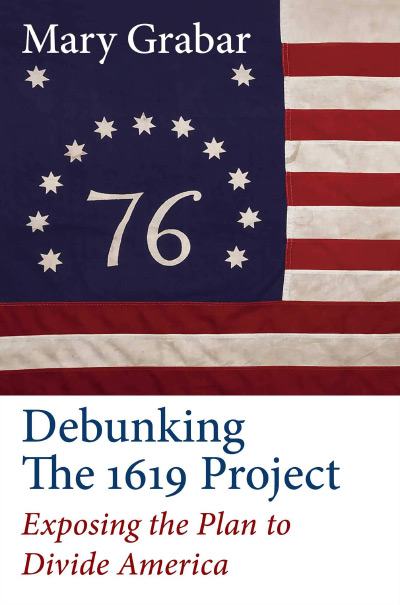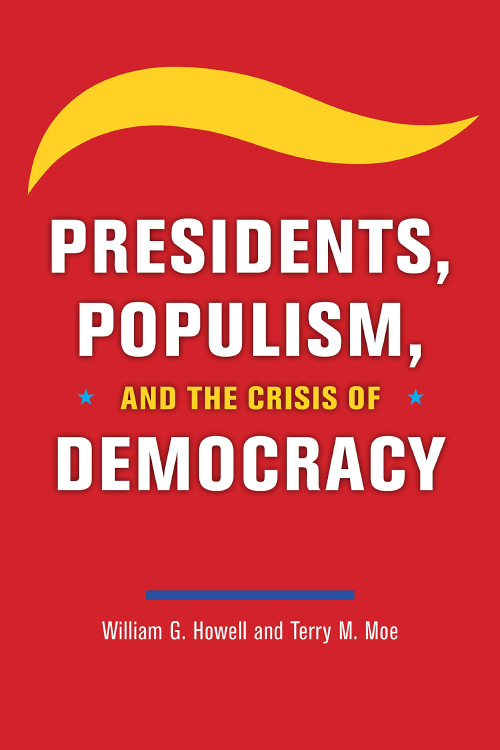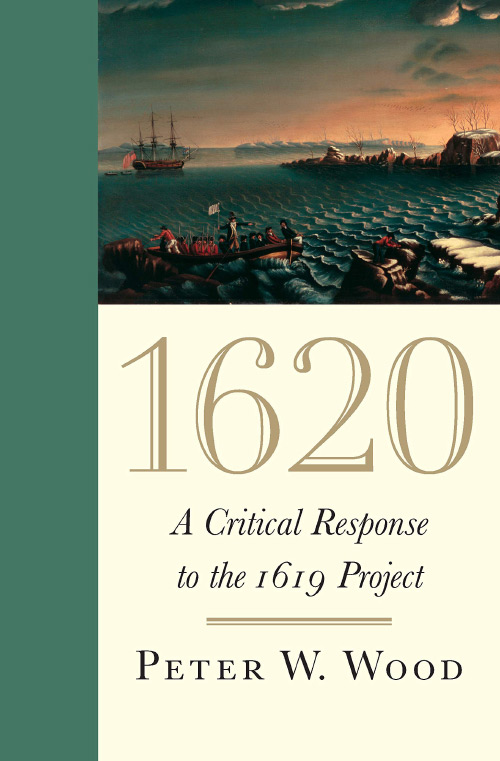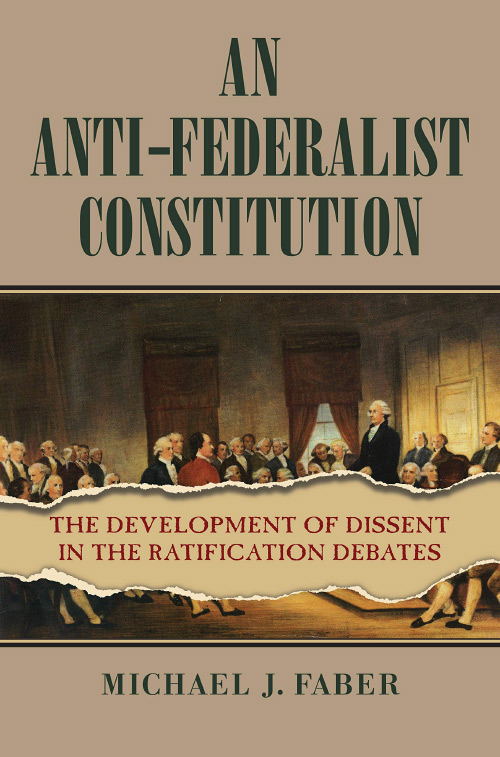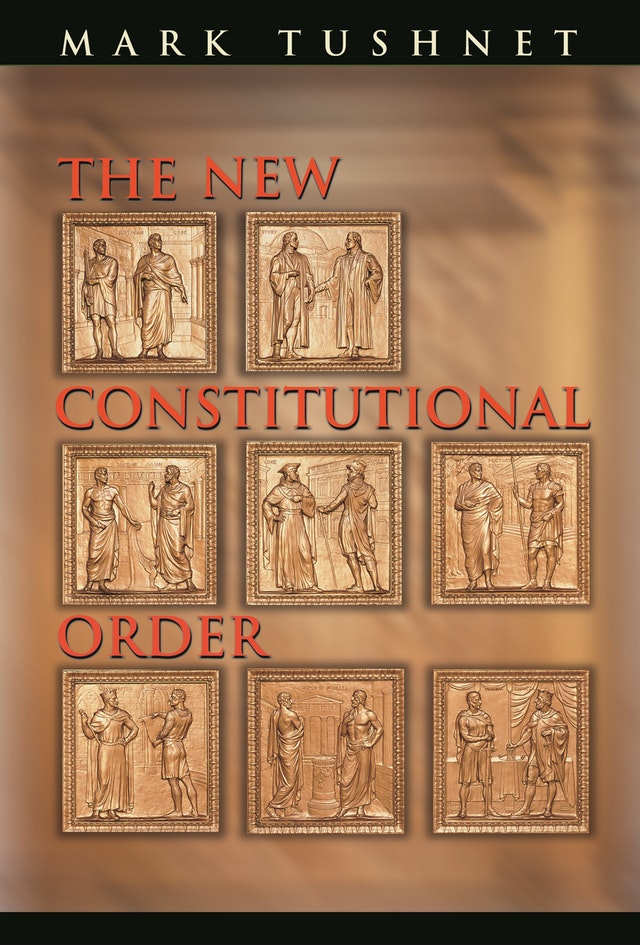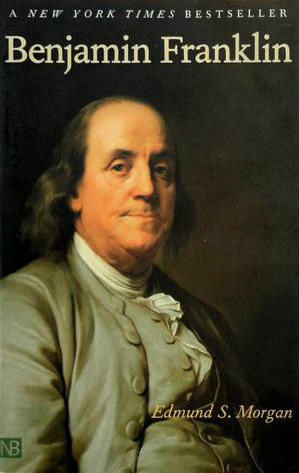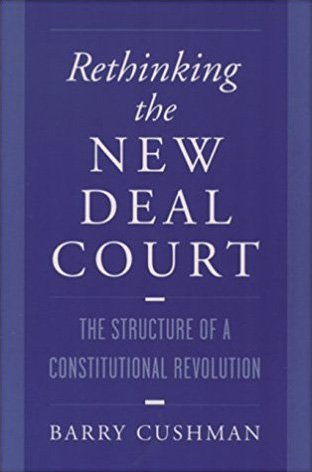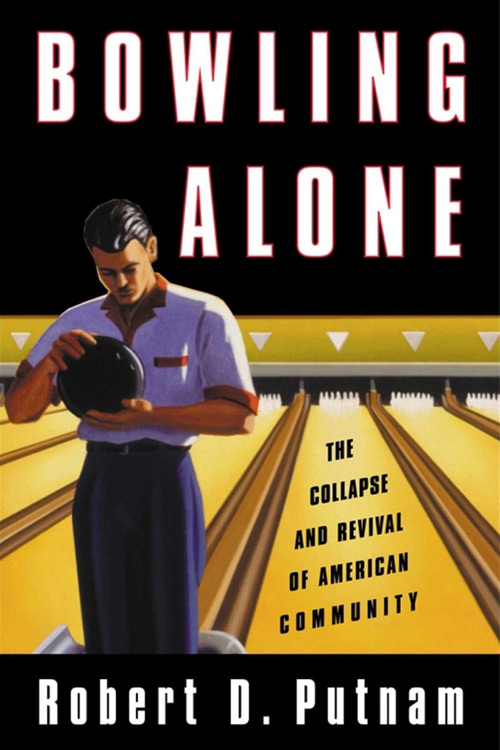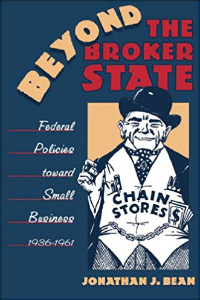Tom Schaller was a sports nut, and sportswriter, when I first met him in the early 1990s. He was a student in the PhD program in the Political Science Department at UNC-Chapel Hill, where I was a faculty member. We played basketball (he was better, though I am six inches taller), and did research work together. I was his dissertation adviser, and he took a job at University of Maryland-Baltimore County after he finished his thesis.
Most of his work has been on political science, including his 2006 book Whistling Past Dixie (New York: Simon and Schuster). That work, which argued that the South had become solidly Republican for the foreseeable future, landed him on the Colbert Report, where Tom made fun of South Carolina, to the pretended outrage of Mr. Colbert.
But this book, returning to Tom’s first love of sports, also turns to a deeper kind of politics, the politics of race. Sports and entertainment have always been the two forums where African-Americans had the fairest shot, because performance in sports is objective, and measurable, and performance in entertainment provides an avenue by which promoters and managers can make a lot of money.
I have argued elsewhere (Capitalism, Not Morality, Ended Baseball’s Color Line) that any system that is open to competition makes racism more expensive and harder to act on (an argument first made at length by Gary Becker, 1957, The Economics of Discrimination, Chicago: University of Chicago Press). To the extent that market systems are competitive, then, bigots and those with a taste for discrimination will be forced to hire (in the case of professional sports) or recruit (in the case of college athletics) minority athletes.
But that doesn’t address the politics (and I’m using small “p” politics here, in the sense of an emergent social contest over power and prestige) of sports. Sure, almost all universities had integrated their teams—all their teams and substantial integration, by 1980. As Donald Spivey (1983, The Black Athlete in Big-Time Intercollegiate Sports, 1941 – 1968, Phylon 44, no.2: 116 – 125) notes, it was very common for a kind of implicit “gentlemen’s agreement” to limit the number of black recruits on even the best teams, for decades after “integration” had supposedly been the norm. And this was a perfectly rational response, in a way, to pressure from alumni donors and white players.
Schaller makes a really interesting point, one I had not thought of before. Real integration in college sports required not just the presence of black players on teams that maintained a white culture. What was required was that the major teams had to confront “black programs,” programs that fully embraced race and used it as a trademark, in the way that “bad guys” are essential to the success of professional wrestling. But of course, a team that employs what Schaller calls “The Black Style” doesn’t see itself as bad, it sees itself as standing up to “The White Style” that has dominated college sports in a way that was unquestioned, and actually unrecognized by most white people.
That’s what brought Schaller up short and made him write this book. As a fan of Syracuse University (his undergraduate institution), he had literally hated the basketball Georgetown Hoyas of the 1980s; as a fan of Florida State University (where he started graduate school, and did sports writing), he had hated the players and coaches from “The U,” the University of Miami. This dislike went beyond a rivalry-level dislike, and really was a kind of hatred. As Schaller puts it:
I’d be lying if I did not confess that part of my hatred for both the Hoyas and Hurricanes derived from the fact that they were, for lack of a better term, “Black programs” whose posture and performance seemed foreign to me, a white kid who grew up in an almost entirely white suburb of Albany, New York. Sure, the Syracuse Orangemen basketball and Seminole football teams also relied heavily on talented Black athletes.... But only later ... did I fully appreciate how important and impactful those Georgetown and Miami teams were (pp. ix – x).
The book is not a mea culpa, or self-flagellation. But it does point out that the loathing of the black athlete who is proudly and publicly black—Mohammed Ali, Curt Flood, and Bob Gibson were precursors—is in part because that “I’m the greatest!” attitude is just not the white thing to do. Sure, Ted Williams had openly declared himself “Teddy [expletive] Ballgame,” and openly argued for his own greatness. But Williams had famously been punished in 1947, when he lost out on the MVP award because (arguably) he had not played the modest, humble team player persona affected by Joe DiMaggio.
The difference, as Schaller sees it, is that the individuals who had adopted the “Black style” were isolated. What happened at Miami and Georgetown was that an entire team adopted, flaunted, and then successfully commodified the “Black style,” in a way that was transgressive of the hidebound, fussy, and (let’s face it) hypocritical norms of “amateur” collegiate athletics. These athletes were unapologetically bent on (to paraphrase Mr. S. Dogg) stizzacking that pizzaper. Instead of being used by the NCAA, they were using whatever means available to attract fame, name recognition, and attention from professional agents.
The “Black style,” according to Schaller, was intentionally performative, and for a team to manifest required group participation. Stylized dances after touchdowns or sacks, high fives or chest bumps after dunks, trash talk; these put the NCAA on notice that “the profitability of major-college televised sports depended on Black participation” (p. 6). The result was that white people tuned in or paid attention in hopes that the brazen interlopers would be humbled, hopefully humiliated, by the local team; black people tuned in to cheer on the attack on the Establishment.
I said above that Schaller is not apologetic; his book is also not reductionist, or simplistic, though my description might make it seem so. His goal is simply to point out an additional aspect of the racial transformation of college sports in the 1980s, rather than to make sweeping and unjustified generalizations. The celebrated 1988 meeting of Notre Dame and the undefeated Miami—the “Catholics vs. convicts” game—was portrayed as a battle of good vs evil, of tradition and order against chaos and “wilding.” The game delivered on its promise, with a rousing fistfight between the two teams in the tunnel and a narrow 31-30 victory for Notre Dame on a controversial fumble call in the last seconds. That game had a racial element, there is no question, but that racial element was animated by mainstream media and by sanctimonious Notre Dame partisans.
Schaller’s thesis is that the world has changed, and that the impetus behind those changes was disproportionately the effects of Georgetown and Miami college sports teams. There are other factors, to be sure. But many of the practices and norms we now take for granted were generated, and changes in that direction were accelerated, by the teams that adopted “the Black style,” and owned it.
| Other Independent Review articles by Michael C. Munger | ||
| Summer 2024 | Secret Government: The Pathologies of Publicity | |
| Spring 2024 | Following Their Leaders: Political Preferences and Public Policy | |
| Spring 2024 | The Origins and Evolution of Consumer Capitalism; Crack-Up Capitalism | |
| [View All (80)] | ||

